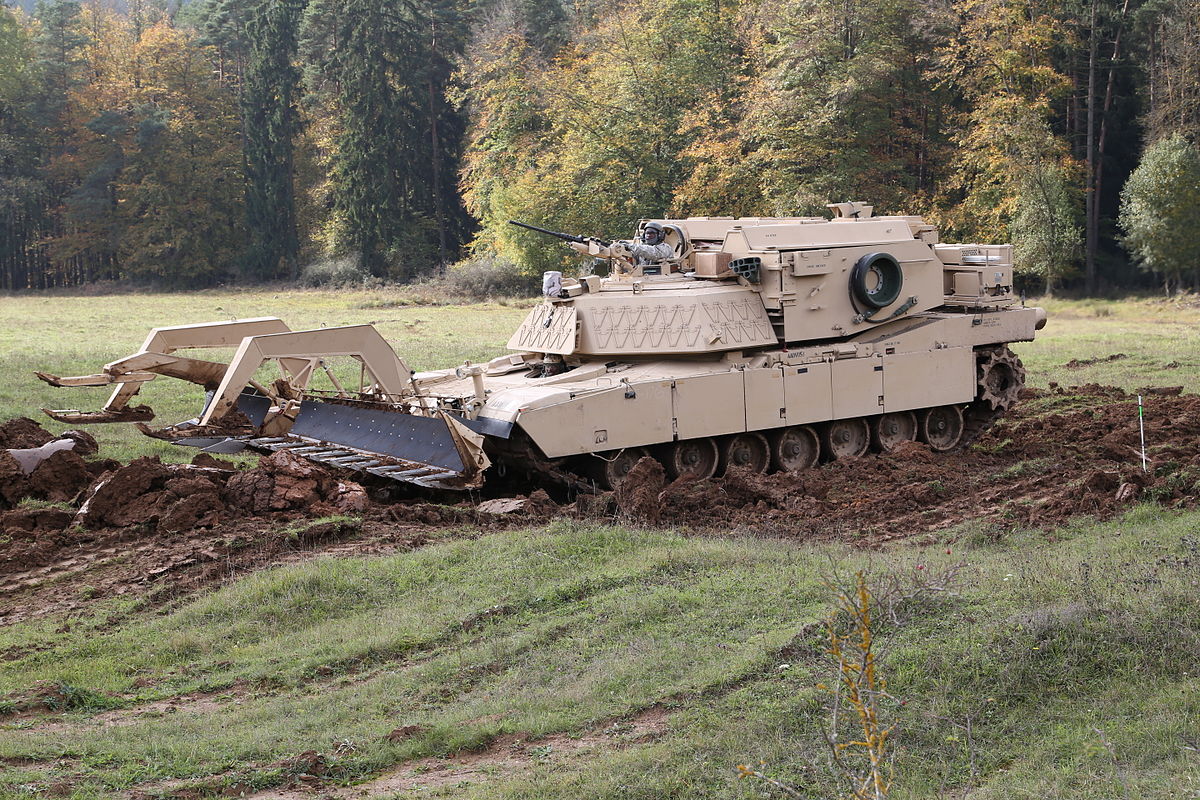Most defensive based armies don’t see a need for tanks. They are needed for expeditions and offensive actions, which of course also need robust fires and Cbt support…
I will always see a need for an ability to manoeuvre and carry the fight to the enemy. The Tank does that. Montcalm, in my opinion, lost the Plains of Abraham, Quebec and New France because he didn't have a cavalry force that could threaten Wolfe's flanks as he was forming up.
I get the need. I don't think the need has gone away.
My concern is whether the tanks can be brought into the field as fully formed divisions as was the case in WW2 and Iraq. I think that environmental pressures are pushing the tanks towards penny packets simply on the grounds that a battalion/regiment of tanks makes a sizeable high value target for long range precision fires.
As to the infantry. All infantry needs motors to move it and its gear. Ship motors, plane motors, copter motors, truck motors and UGV motors.
Most infantry is going to be fighting from a vehicle or fighting in a trench or other fortified position. Even the ones fighting in the trenches though need their vehicles to get them and their kit there, to replenish their supplies, to withdraw their wounded, to relocate to a different fighting position when required. (Even I can learn when the lessons come at me often enough and hard enough).
My current sense is that the infantry fighting from a vehicle need heavy vehicles with heavy fire support such as tanks can provide but need to reduce the risk by operating in small units of vehicles widely dispersed for as long as possible with small numbers of assaulters in each vehicle, perhaps plussing up the number of GIBs at the time of the actual assault. So maybe the standard vehicle normally carries one "brick" but when committed to the assault it can carry two "bricks" safely. Most of their actual fighting power is in the vehicle itself and the mounted weapons and sensors.
On the other hand the infantry in the trenches they need the crew served weapons - and the heavier the better. So they need weapons that can be transported with them from trench to trench with their vehicles. But they also need low profile weapons that are unobtrusive and can be easily dug in and provided with overhead protection.
So ....
rifles and ATGMs with optics to make every infanteer a direct fire marksman by day and by night
tripod mounted MGs and Mortars as well as modern long range technological marvels like ATGMs, UASs and LAMs
light autocannons in the 20 to 25 mm range - such as have been popular with the infantry since WW2 - we have the ability to make some of those self propelled and remotely operated now without having to put a 5 to 50 tonne truck under it.
lightly armoured Zulu vehicles which can transport the troops rapidly and safely while retiring to the next position,
which can transport the supplies, the ammunition, the weapons and the sensors which will dismount with the troops,
and which can mount some of the dismounted weapons to provide a degree of self-defence while on the move,
and, finally which provide comms nodes and situational awareness.
If there is a good road network in the vicinity of the trenches then the troops can be motorized with armoured pickup trucks supplemented with lightweight, roadworthy, trailers.
If there is no good road network the motorization needs to take the form of helicopters and vehicles that can be transported by helicopter.
And then there is Woolwich and its Arsenal of Ordnance.


